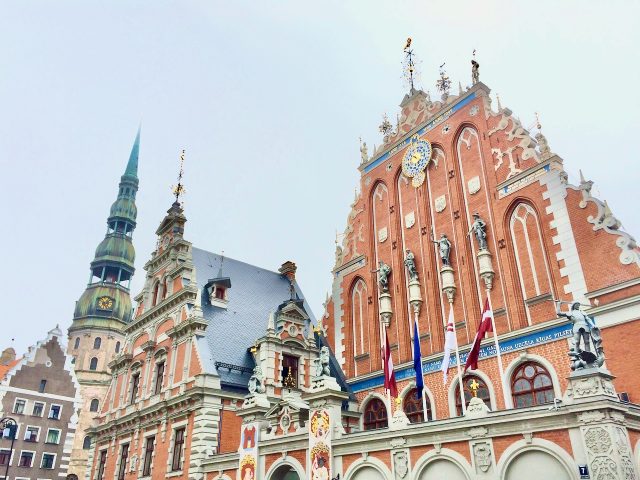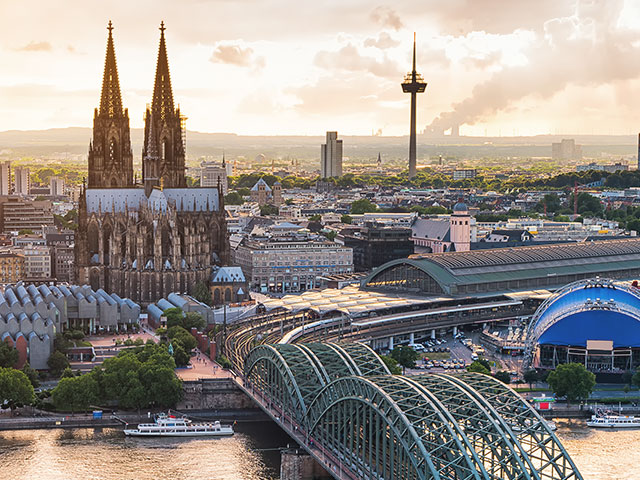 Tui (Tuy in Spanish) is
a 16,902
inhabitants town in the south of Galicia, province of Pontevedra, by river Miño, very close to the border of Spain with Portugal. Tui has one of the most impressing cathedrals in Galicia and is an important touristic center. It forms an eurocity with the near Portuguese town of Valença do Minho.
Tui (Tuy in Spanish) is
a 16,902
inhabitants town in the south of Galicia, province of Pontevedra, by river Miño, very close to the border of Spain with Portugal. Tui has one of the most impressing cathedrals in Galicia and is an important touristic center. It forms an eurocity with the near Portuguese town of Valença do Minho.How do I arrive to Tui?
- Train: the town of Tui is linked daily with Vigo (aprox. 45 minutes).
- Bus: Tui has some connections with some cities of Galicia like Vigo or Baiona.
- Car: if you rented a car, it's 30 minutes from Vigo and A Guardia, 40 minutes from Baiona and Pontevedra and 1 hour from Ourense. Tui is very close to the Portuguese border so it can also be reached in 45 minutes from Viana do Castelo and from Braga and in 1 hour 15 minutes from Porto.
History
What can I visit in Tui?
- Tui Cathedral (9-14 and 16-20; 4€/ 3.50€/ 3€ adults/ retiree/ students): 12th century cathedral and fortress (built over a Paleochristian building), enriched with chapels since its foundation, is one of the most important buildings in Galicia. In its entrance there's a beautiful porch that shows Virgin Mary's life; it's highlights are 16th ceentury bas-relief Lamentación del Cristo Muerto, Expectaction altarpiece or the Barroque-style organs. From its towers there are great views of the town.
- Tui Diocesan Museum (10-13:30 and 16-20 Tue-Sun from Jul to Sep; 1€): museum located in a former hospital for pilgrims with a vast collection that goes from archaeological remains to religious art. In the 2nd floor there's a beautiful votive offering to St. Telmo.
- Chapel of St. Telmo: 17th century church in Portuguese Baroque style, located where the Dominic saint died around the 13th century.
- Misericordia Chapel: 16th century chapel with a Renaissance-style façade and some well-preserved Easter proccesional images.
- St. Bartolomeu de Rebordáns Church (only during 20h mass): 11th century Romanesque church of small size, the oldest one in the town. It has nice 16th century frescoes.
- The town has a nice bridge designed by Pelayo Mancebo y Agreda in 1886, International Tui-Valença Vella Bridge, that comunicates both sides of the border and connects Tui with Valença do Minho.
- On the outskirts of the town there's Aloia Hill, declared Natural Park in 1978. This place seems natural but is just 100 years old, when a natural disaster destroyed it. It was rebuilt with local trees (pine trees, acacias oaks and chestnut trees) and with ages it has recovered its natural state, with plenty of animals and trails to discover it. It has an interpretation center (9-15 and 16 to 20 Tue-Sun; free)
| Chapel of St. Telmo |
| Tui Cathedral |
 |
| Castro de Santa Tegra |








 20:33
20:33
 Banknotemaniac
Banknotemaniac
 Posted in:
Posted in: 



